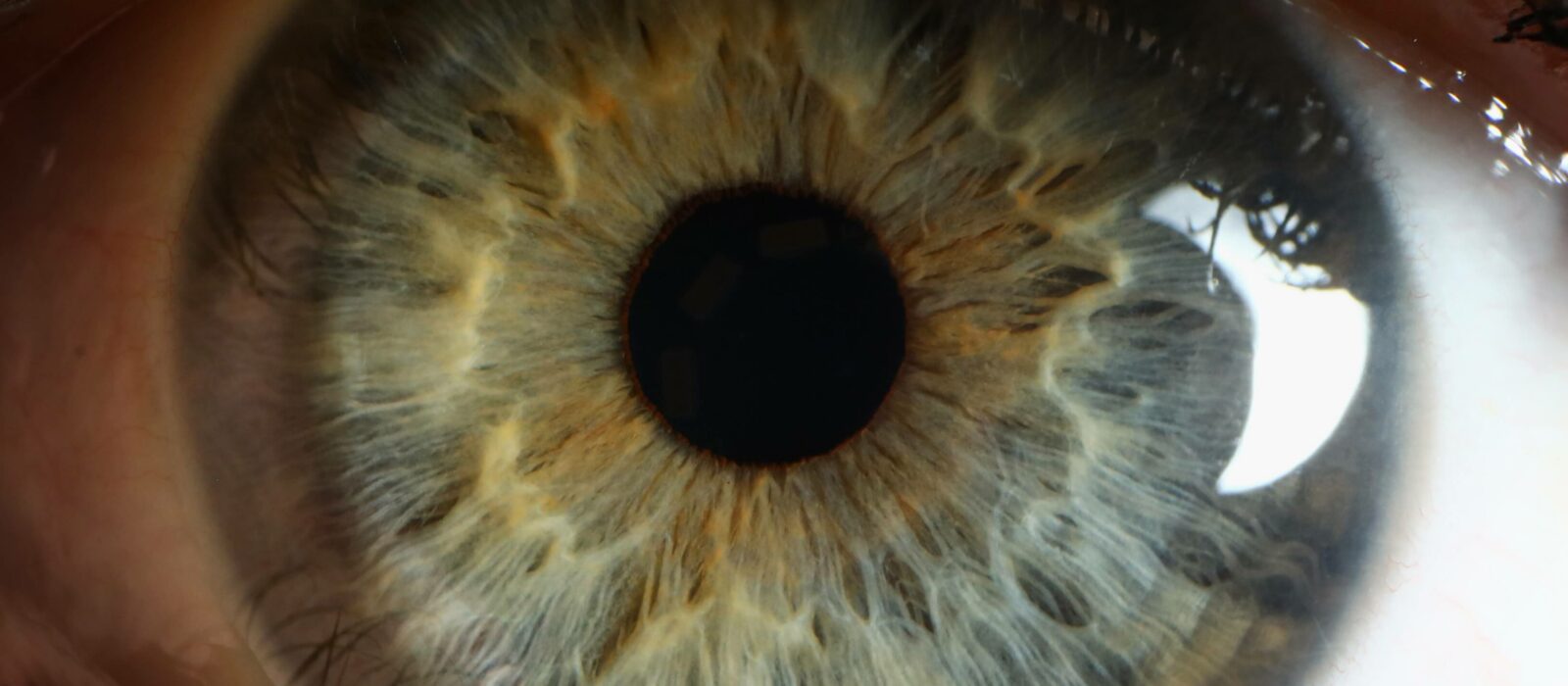Geographic atrophy poses a significant burden to patients8
Geographic atrophy and advanced dry AMD are both terms used to describe the advanced form of dry age related macular degeneration (AMD), which is a leading cause of blindness worldwide.1,9
Over 5 million people worldwide are affected by geographic atrophy, with prevalence increasing with age.1 It has a significant and negative impact on vision and quality of life.8

About Apellis
We are a global biopharmaceutical company leveraging courageous science, creativity and compassion to deliver life-changing medicines. As leaders in the research of targeted therapies, we aim to develop new therapies for a broad range of debilitating diseases that are driven by uncontrolled or excessive activation of the complement cascade, including those within haematology, nephrology, neurology and ophthalmology.
Join us on our journey in geographic atrophy
Be the first to receive the latest geographic atrophy news
Thank you for submitting your details.
Please check your inbox for confirmation
References
- Fleckenstein M, et al. Ophthalmology. 2018;125(3):369–390.
- Boyer DS, et al. Retina. 2017;37(5):819–835.
- Lindblad AS, et al. Arch Ophthalmol. 2009;127(9):1168–1174.
- Holz FG, et al. Ophthalmology. 2014;121(5):1079–1091.
- Sunness JS, et al. Ophthalmology. 2007;114(2):271–277.
- Apellis & The Harris Poll. 2022. Geographic Atrophy Insights Survey (GAINS).
- Sivaprasad S, et al. Ophthalmol Ther. 2019;8(1):115–124.
- Patel P, et al. Clin Ophthalmol. 2020;14:15–28.
- Gehrs KM, et al. Ann Med. 2006;38(7):450–471.
UK-GA-2300013 February 2024


